Photographer to recreate childhood river trip in dad's canoe
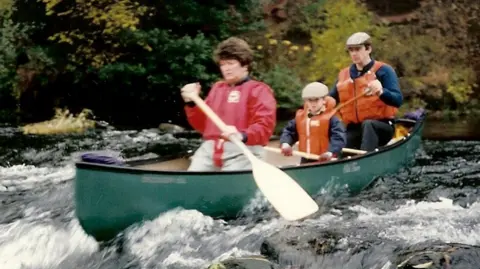 Ed Smith
Ed SmithA documentary photographer is to spend a year exploring the Spey using a canoe he travelled down the river in with his dad almost 30 years ago.
Ed Smith was 10 when he made his first full descent of the 98-mile (158km) river from its source in Highlands' Monadhliath mountains to where it meets the sea at Spey Bay in Moray.
The 39-year-old will photograph and film the Spey and the surrounding landscape, and interview people he meets along the way.
Kingussie-based Mr Smith said: "I aim to capture a snapshot of what the Spey Valley looks like now."
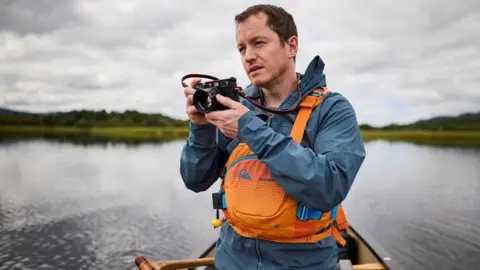 Ed Smith
Ed SmithWhen he was a boy, Mr Smith made frequent trips to the Spey and Cairngorms with his family and also his high school in North Berwick.
He said: "I made my first full descent of the Spey with my dad David and some of his friends.
"I can't remember how many days we took, but I have vivid memories of certain rapids and features on the river which I am going to be looking for."
He added: "Now the river is very much my home. It's only a stone's throw away from my house and my gallery."
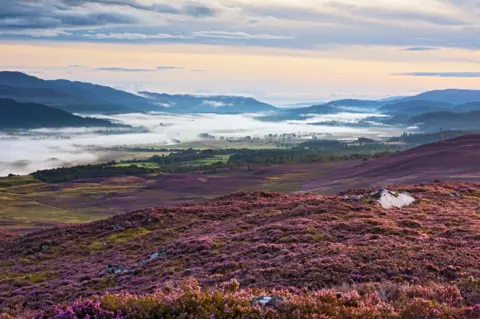 Ed Smith
Ed SmithThe Spey is famous for its connections to whisky and angling.
Speyside has more than 50 distilleries, the highest number of any of Scotland's whisky regions.
The Spey cast, a technique used in fly fishing on fast-flowing rivers, is named after the river and was developed in the 19th Century.
Mr Smith said he would be documenting the industrial and leisure activities on as well as its less well-known stories.
He said shipbuilding once thrived at Garmouth, a small community near the mouth of the Spey.
"I think the river has a bit of mystique to it," he added.
"It is also quite an unusual river in that it doesn't meander that much for quite a big river."
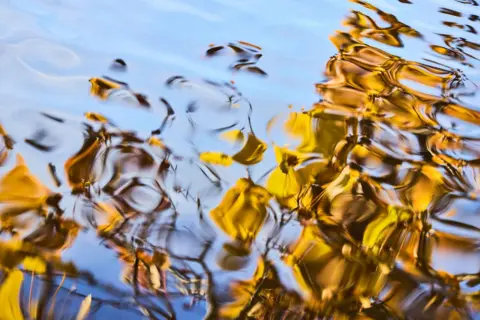 Ed Smith
Ed Smith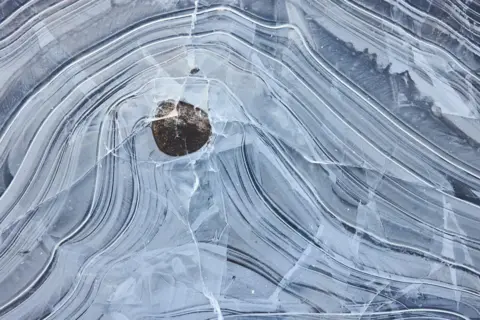 Ed Smith
Ed SmithHe said the Spey Valley had changed since his first descent almost 30 years ago, with communities such as Aviemore, Grantown-on-Spey and Kingussie growing in size.
In 2023, beavers were reintroduced to locations near the river.
Mr Smith added: "There are also areas of rewilding, such as at Glenfeshie."
The documentary photographer will make a summer descent of the Spey this month, and a winter one in January for his year-long project.
Mr Smith will also circumnavigate on a bike the Spey Basin, the river's 1,158 sq mile (3,000 sq km) catchment area, and cycle upstream from Spey Bay on the Moray Firth coast to river's source at Loch Spey.
"It's a very personal project, I'm very passionate about it," he said.
